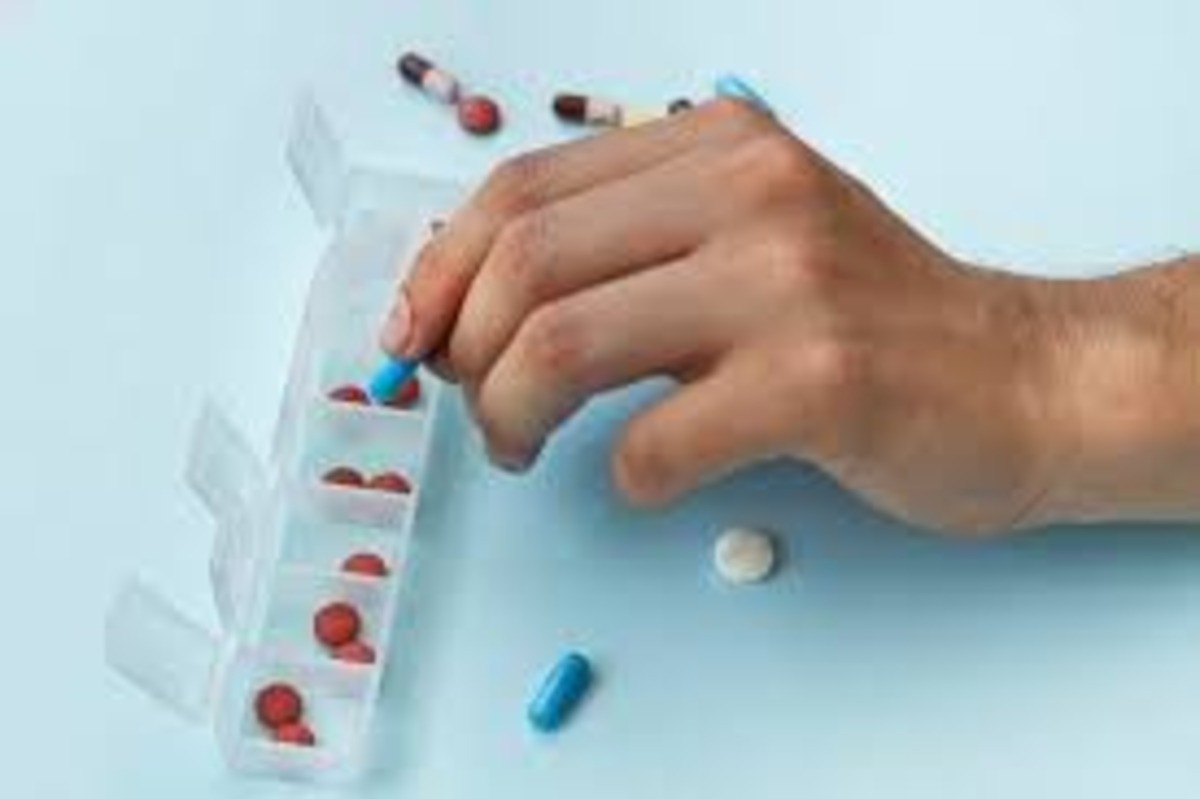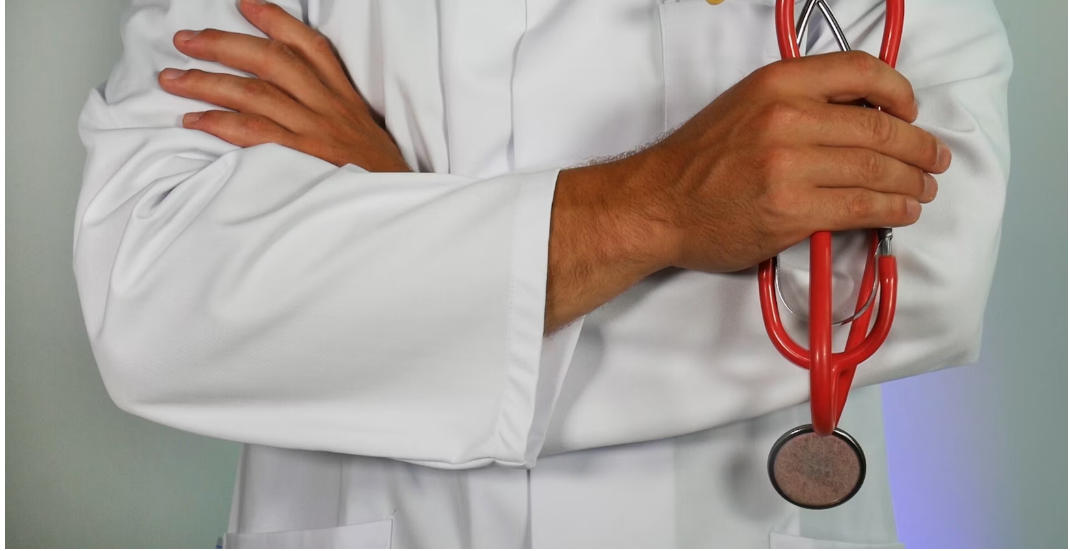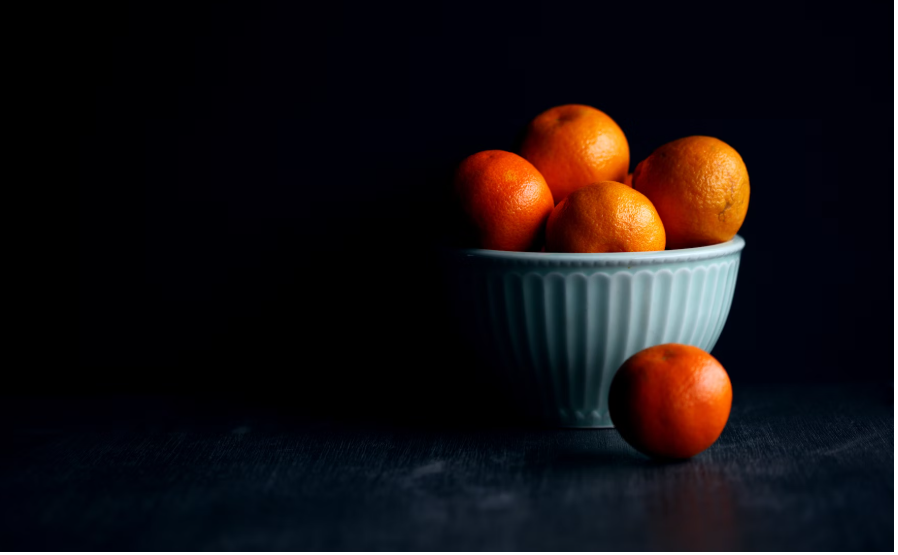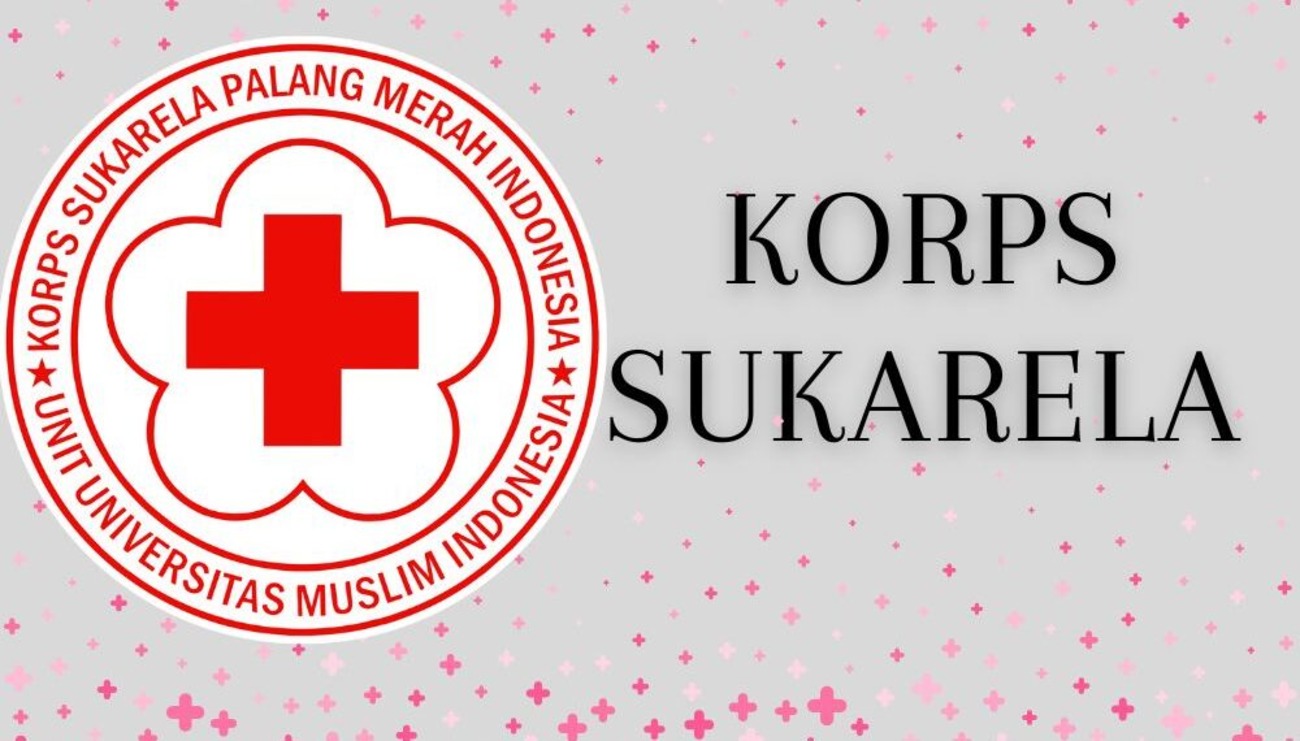The word alone can make your hair stand on end. Whether you’re a seasoned athlete, an avid hiker, or someone who loves a nice new pair of shoes, you’ve probably encountered these painful little nuisances before. But what are blisters, actually, and how can you treat them effectively? In this comprehensive guide, you’ll learn everything you need to know about this, from understanding their causes to practical tips for treatment and prevention.
What are blisters?
Blisters are small collections of fluid that form on the outer layer of skin. They usually occur as a result of friction, burns, or illness. Although blisters are generally harmless, they can be extremely uncomfortable and even painful. Knowing what are will help you take the right steps to control them.
The Science Behind Blisters
Intense mechanism. When the skin is subjected to excessive friction or pressure, the outer layer tears away from the lower layers, causing fluid to fill the space. This fluid acts as a cushion to protect the damaged tissue underneath. While this biological response is beneficial, it can also be very painful.
Causes of Blisters
There are several reasons why blisters form, but the most common cause is friction. This can be caused by wearing ill-fitting shoes or repetitive motions such as running. Other causes include heat or chemical burns, frostbite, and certain medical conditions such as chickenpox or eczema.
How to identify the different types of blisters
Not all blisters are the same. Some are filled with a clear fluid, while others may contain blood or pus. Knowing the type of blister you have can help you determine the best course of action for treatment. this with clear fluid are usually caused by friction, while blood this are the result of more serious trauma.
How to treat blisters at home
Treating blisters at home is usually simple. Start by cleaning the affected area with soap and water. Then you can cover the blister with a bandage to protect it from further irritation. If the blister is large or painful, you should carefully drain it. Make sure you use a sterile needle and follow with an antibiotic ointment.
When to See a Doctor
While most this can be treated at home, some cases require medical attention. If you notice signs of infection, such as redness, warmth, or pus, seek medical attention immediately. Also, if the blister is very painful or does not heal within a week, it is best to seek help.
The Importance of Proper Footwear
One of the most effective ways to prevent blisters is to wear well-fitting shoes. Shoes that are too tight or too loose can cause friction and lead to this. Break in new shoes gradually and consider using insoles or pads for extra comfort.
Moisture Control
To prevent this, it’s important to keep skin dry. Moisture can soften skin and make it more prone to rubbing and cracking. Wear moisture-wicking socks and foot powder to keep your feet dry, especially during physical activity.
Protective Gear and Accessories
There are several products that can help protect your skin from this. Moleskine, gel pads, and blister plasters can create a barrier between your skin and the source of friction. These products are especially useful for athletes and hikers.
The Role of Diet
Believe it or not, your diet can also affect the health of your skin. Eating foods rich in vitamins and minerals can strengthen your skin and make it less prone to it. Vitamin E, zinc and collagen are particularly beneficial for skin health.
Myths About Blisters
There are many myths surrounding blisters. One of them is that heal faster if you pop them. In fact, popping a blister can increase the risk of infection. Another myth is that this are caused solely by friction, but they can also be caused by burns and medical conditions.
Specialized Treatments and Products
For those who suffer from frequent blisters, specialized treatments are available. Products such as hydrocolloid dressings and silicone-based gels can speed healing and provide immediate relief. Consult a healthcare provider to explore these options.
Long-Term Prevention Strategies
Preventing blisters in the long term takes more than just quick fixes. Regularly inspecting your feet, maintaining proper hygiene and investing in quality footwear are essential steps. Additionally, consider performing foot strengthening exercises to build resilience.
Real-life success stories
It can be encouraging to hear from other people who have successfully treated their blisters. Many athletes and outdoor enthusiasts have discovered effective ways to prevent and treat blisters. Their stories can provide valuable information and motivation.
Conclusion
While blisters may be a common ailment, with the right knowledge and tools, they can be effectively treated. By understanding the causes and taking preventative measures, you can significantly reduce the risk of developing blisters. Remember, it’s not just about treating them, it’s primarily about preventing them. If you suffer from chronic blister problems, don’t hesitate to seek professional advice. Your comfort and health are worth it.





